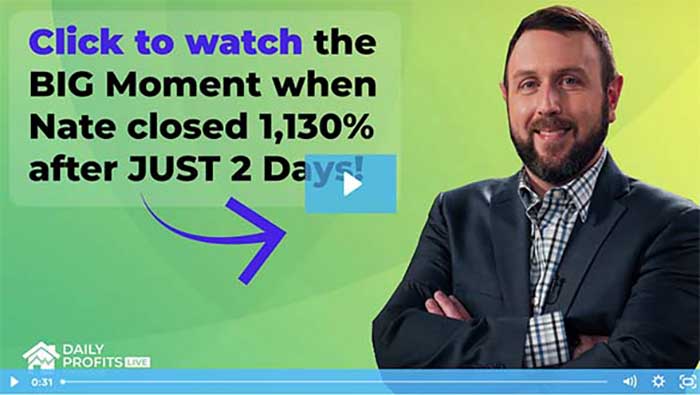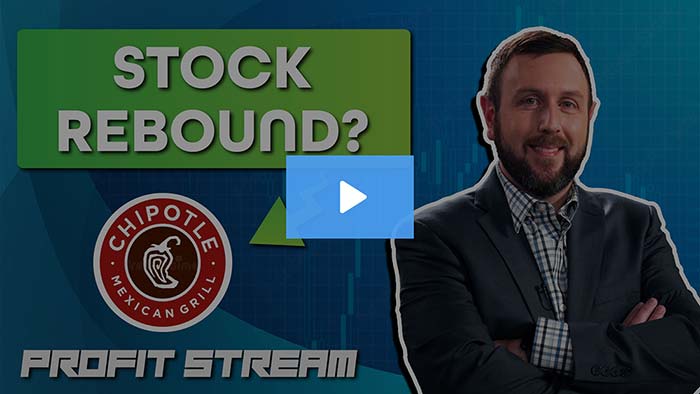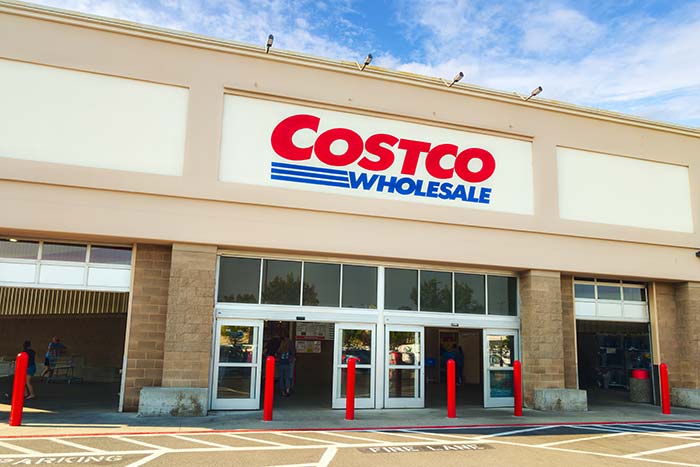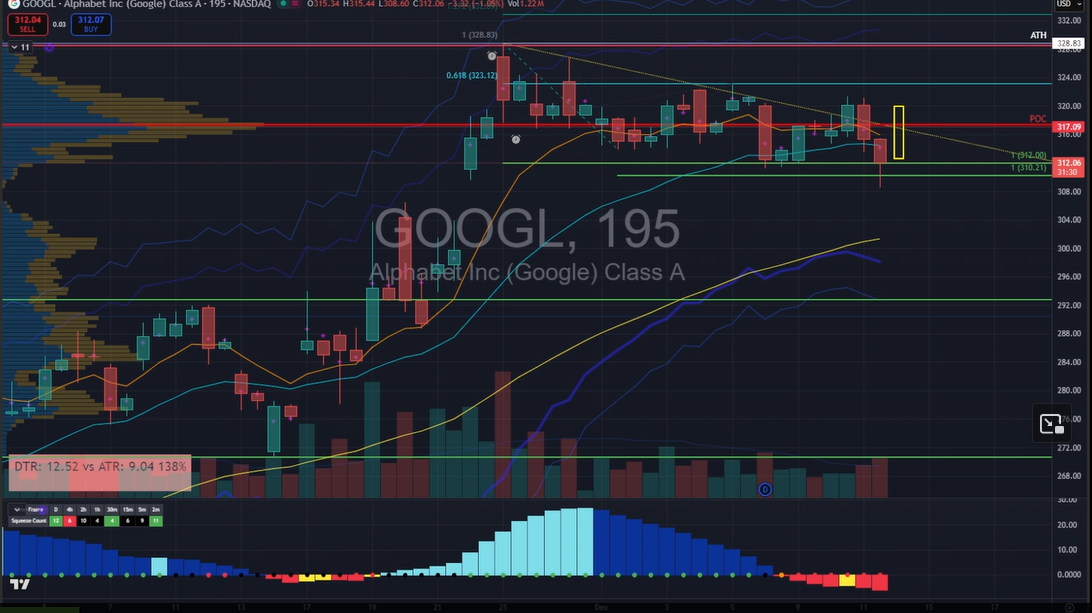Maybe the Most Important Investment Advice You’ll Ever Read
Editor’s Note: Karim’s fundamental article on risk and position sizing fits perfectly in today’s climate of market uncertainty. While the market has been fairly positive for the last few weeks, with COVID-19 on the rise and election uncertainty looming, you don’t want to get caught with your pants down. Check out one of our favorite articles on risk and what you can do to limit losses in your portfolio.
– Ryan Fitzwater, Associate Publisher
It’s only during down markets that investors think about risk. And by then it is way too late.
It’s akin to calling an insurance agent when your house is on fire and asking about that policy you should’ve renewed!
I bet that for every thousand investors who lose their shirts in a down market or when a particular stock tanks, there is just one savvy investor who prepared. The ratio may be even worse! The thing is, you want to be that one who prepared.
There are quite a few ordinary ways to prepare for a down move, and there is one great way.
It’s position sizing in combination with a stop loss. A stop loss is when you designate a specific price at which you will sell a stock if it reaches that level. It prevents you from taking a bigger loss than you want. For example, if you buy a stock at $10 and set a 25% stop loss, you are agreeing to sell the shares at $7.50 if they move lower. You lose 25% of your original investment and no more.
But just having a stop loss is not enough. Not by a long shot. A stop loss doesn’t keep you from losing the ranch if you happen to bet the ranch on a particular stock. That’s why position sizing is important and the combination of the two is unbeatable.
You should not put more than 4% of your investable portfolio into any one position. For example, if your portfolio is worth $1 million, $40,000 is your maximum investment in a single position.
Then you apply a 25% stop loss to that position. So if your investment is $40,000, you would sell out of your investment if the stock fell by 25%. That would leave you with $30,000 in cash. But more importantly, your total portfolio would suffer only a $10,000 loss, or 1% of $1 million.
Of course, these numbers are not exact and will depend on market conditions and the size of your portfolio. But you get the gist. You want to limit your total portfolio loss as well as the potential loss in each individual position.
Action Plan: Is it a perfect strategy? There is no such thing. The worst thing that can happen is the stock falls either premarket or postmarket by more than your stop loss or to a number below your stop loss. This will not happen frequently, but it’s possible.
However, you’ll always sleep soundly knowing that, the vast majority of the time, your loss on any single position will ding your overall portfolio by 1% at most. And using a stop loss will force you to become a disciplined investor and prevent you from falling in love with a stock or a story. For more insight on risk, position sizing and how you can limit losses, join me in The War Room today!

























